Home>Construction & Tools>Building Materials>What Is Spalling Brick
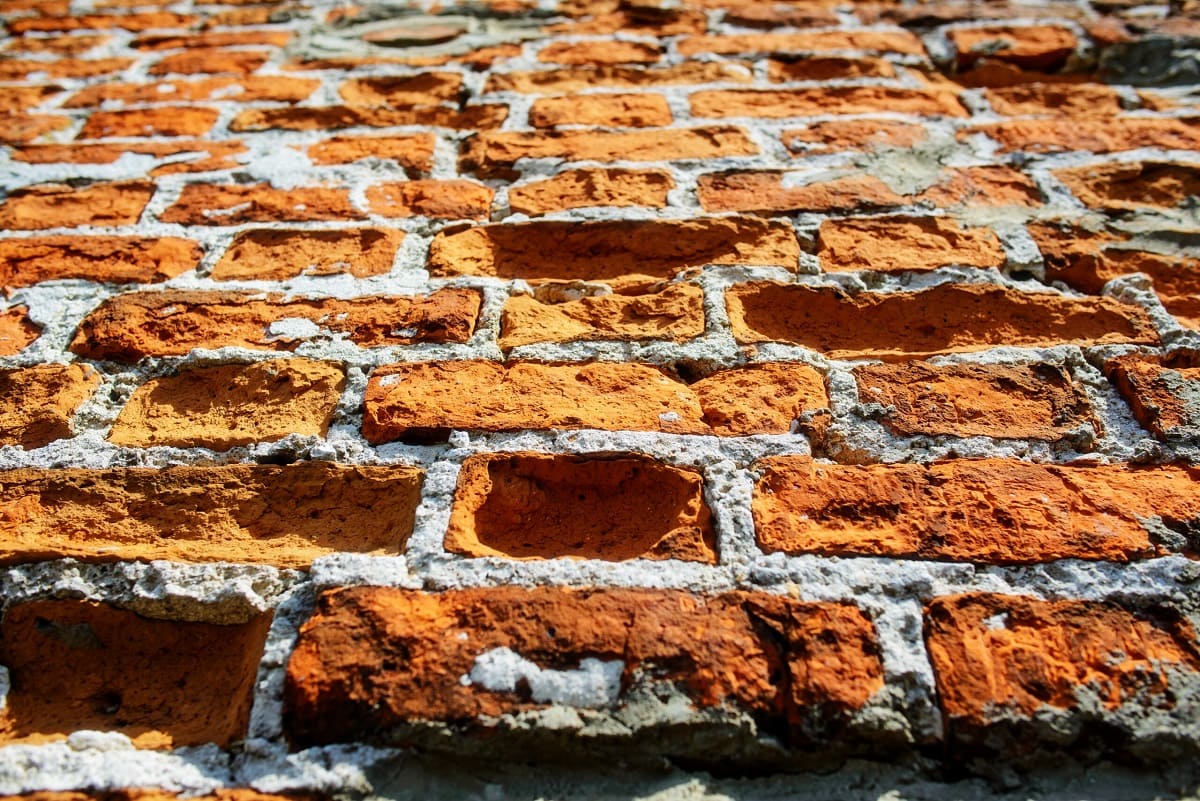

Building Materials
What Is Spalling Brick
Published: January 23, 2024
Learn about spalling brick, a common issue with building materials. Discover causes, prevention, and repair methods for spalling brick.
(Many of the links in this article redirect to a specific reviewed product. Your purchase of these products through affiliate links helps to generate commission for Storables.com, at no extra cost. Learn more)
Introduction
Spalling brick is a common issue that affects many buildings, causing concern for property owners and requiring timely attention. Understanding the causes, signs, prevention, and repair of spalling brick is crucial for maintaining the structural integrity and aesthetic appeal of any property. This article delves into the intricacies of spalling brick, providing valuable insights into its nature and the necessary steps to address it effectively.
Spalling brick occurs when the surface of a brick begins to deteriorate, resulting in the flaking, chipping, or breaking off of small pieces. This phenomenon is often attributed to various environmental factors and structural issues, making it a prevalent concern in the realm of building maintenance and construction.
By exploring the definition, causes, signs, prevention, and repair of spalling brick, readers will gain a comprehensive understanding of this issue and be better equipped to address it proactively. Whether you are a homeowner, property manager, or construction professional, the knowledge shared in this article will empower you to identify, mitigate, and resolve spalling brick problems effectively.
Stay tuned as we delve deeper into the world of spalling brick, unraveling its complexities and shedding light on the best practices for addressing this common yet impactful issue.
Key Takeaways:
- Spalling brick occurs when bricks deteriorate, leading to flaking and chipping. It’s caused by moisture, freeze-thaw cycles, and salt damage. Regular inspections and maintenance can prevent and address spalling.
- To prevent spalling, ensure proper drainage, use sealants, and maintain ventilation. When repairing spalling brick, prepare the surface, apply repair mortar, match aesthetics, and protect with sealants.
Read more: How To Fix Brick Spalling
Definition of Spalling Brick
Spalling brick refers to the deterioration of the surface of a brick, often resulting in the flaking, chipping, or breaking off of small pieces. This degradation can compromise the structural integrity and aesthetic appeal of a building, making it a significant concern for property owners and construction professionals alike.
The process of spalling brick typically begins with the absorption of moisture into the brick's surface. When this moisture freezes and expands due to temperature fluctuations, it exerts pressure on the brick, leading to the formation of cracks and the eventual disintegration of the outer layer. Additionally, exposure to harsh environmental elements, such as rain, snow, and fluctuating temperatures, can exacerbate the spalling process, accelerating the decay of the brick surface.
Spalling brick is not merely a cosmetic issue; it can also compromise the structural stability of a building if left unaddressed. As the surface of the brick deteriorates, it becomes more susceptible to further damage, potentially leading to structural weaknesses and safety hazards. Therefore, identifying and addressing spalling brick in its early stages is crucial for preserving the longevity and safety of a building.
Understanding the nature of spalling brick is essential for implementing effective preventive measures and undertaking timely repairs. By recognizing the underlying causes and manifestations of spalling, property owners and construction professionals can take proactive steps to mitigate its impact and ensure the durability of the building's exterior.
In summary, spalling brick encompasses the degradation of a brick's surface, characterized by the flaking, chipping, or breaking off of small pieces. This phenomenon is often triggered by moisture absorption, freeze-thaw cycles, and exposure to environmental elements, posing both aesthetic and structural concerns for buildings. Recognizing the signs and implications of spalling brick is fundamental to implementing preventive strategies and addressing this issue before it escalates.
Causes of Spalling Brick
Spalling brick can be attributed to various underlying causes, each contributing to the deterioration of the brick surface. Understanding these factors is essential for implementing targeted preventive measures and effective solutions. The following are the primary causes of spalling brick:
-
Moisture Infiltration: One of the leading causes of spalling brick is the infiltration of moisture into the brick's surface. When bricks absorb water due to rain, snow, or high humidity levels, they become susceptible to damage. Subsequently, the absorbed moisture can undergo freeze-thaw cycles, particularly in colder climates, exerting pressure on the brick and leading to the formation of cracks and the eventual spalling of the surface.
-
Freeze-Thaw Cycles: In regions with fluctuating temperatures, the freeze-thaw cycle poses a significant risk to brick surfaces. When water penetrates the brick and subsequently freezes, it expands, creating internal stress within the material. As the ice thaws, the brick contracts, causing further damage. This repetitive expansion and contraction weaken the brick, leading to spalling over time.
-
Salt Damage: Exposure to de-icing salts, commonly used on roads and walkways during winter, can contribute to spalling brick. These salts contain chemicals that can permeate the brick's surface, leading to corrosion and weakening of the material. As a result, the structural integrity of the brick is compromised, increasing the likelihood of spalling.
-
Poor Ventilation: Inadequate ventilation within the building envelope can exacerbate moisture-related issues, contributing to spalling brick. Without proper airflow, moisture becomes trapped within the brick, creating an environment conducive to deterioration. This is particularly common in areas with high humidity levels or inadequate ventilation systems.
-
Age and Wear: Over time, the natural aging process and wear and tear can also contribute to spalling brick. As bricks age, their structural integrity may diminish, making them more susceptible to environmental stressors. Additionally, physical impacts and abrasion from external sources can accelerate the degradation of the brick surface, leading to spalling.
By addressing these underlying causes, property owners and construction professionals can implement targeted strategies to mitigate the risk of spalling brick. Through proactive measures such as proper drainage systems, sealing treatments, and regular maintenance, the impact of these causes can be minimized, preserving the structural integrity and aesthetic appeal of the building.
To prevent spalling brick, ensure proper drainage, repair cracks, and use breathable sealants to protect against water damage.
Signs of Spalling Brick
Identifying the signs of spalling brick is crucial for prompt intervention and effective mitigation of this common structural issue. By recognizing these indicators, property owners and construction professionals can take proactive measures to address spalling brick before it escalates, safeguarding the integrity and appearance of the building. The following are the key signs that signify the presence of spalling brick:
-
Visible Deterioration: The most apparent sign of spalling brick is the visible deterioration of the brick surface. This may manifest as flaking, chipping, or the breaking off of small pieces from the exterior of the bricks. These irregularities are often noticeable upon visual inspection and indicate the onset of spalling.
-
Exposed Aggregate: As spalling progresses, the aggregate within the brick may become exposed. This can result in a rough, pitted appearance on the surface of the bricks, signaling advanced deterioration. The presence of exposed aggregate is a clear indication that the structural integrity of the bricks has been compromised.
-
Cracks and Fissures: Cracks and fissures on the surface of the bricks are indicative of underlying structural issues, potentially leading to spalling. These fractures may be visible as fine lines or larger, more pronounced openings, signaling the need for immediate attention to prevent further deterioration.
-
Efflorescence: The presence of efflorescence, a white, powdery residue on the surface of the bricks, is often associated with moisture-related issues. This phenomenon occurs when water-soluble salts within the bricks are brought to the surface by moisture, indicating the potential for spalling and other forms of degradation.
-
Loose or Dislodged Material: As spalling progresses, loose or dislodged material may be observed around the base of the building or on nearby surfaces. This debris is a clear indication of the ongoing deterioration of the brick surface and underscores the urgency of addressing the underlying causes.
-
Hollow Sounds: When tapping the surface of the bricks, a hollow or empty sound may be discernible, indicating that the material behind the surface layer has deteriorated or become detached. This auditory cue can serve as a warning sign of advanced spalling and the need for immediate remediation.
By remaining vigilant for these signs, property owners and construction professionals can promptly identify and address spalling brick, mitigating its impact and preserving the structural integrity of the building. Early intervention is key to minimizing the extent of damage and ensuring the longevity of the brickwork, making regular inspections and proactive maintenance essential components of effective spalling prevention.
Prevention of Spalling Brick
Preventing spalling brick is essential for preserving the structural integrity and aesthetic appeal of buildings. By implementing targeted measures, property owners and construction professionals can mitigate the risk of spalling, ensuring the longevity of the brickwork. The following preventive strategies are instrumental in addressing this common issue:
-
Proper Drainage Systems: Effective drainage systems are crucial for managing moisture and preventing water infiltration into the brickwork. By ensuring that gutters, downspouts, and drainage channels are clear and functional, property owners can minimize the risk of water accumulation around the building, reducing the potential for spalling.
-
Sealing Treatments: Applying appropriate sealants to the brick surfaces can provide a protective barrier against moisture penetration. Sealants help to repel water, preventing it from being absorbed by the bricks and reducing the likelihood of spalling due to freeze-thaw cycles and environmental exposure.
-
Regular Maintenance: Conducting routine inspections and maintenance of the building's exterior is vital for identifying early signs of deterioration. By promptly addressing any issues such as cracks, efflorescence, or visible damage to the brickwork, property owners can prevent the progression of spalling and undertake timely repairs.
-
Proper Ventilation: Ensuring adequate ventilation within the building envelope is essential for managing moisture levels and preventing the buildup of condensation within the bricks. Proper airflow helps to mitigate the risk of moisture-related deterioration, reducing the likelihood of spalling over time.
-
Use of Quality Materials: Employing high-quality bricks and construction materials can contribute to the longevity and durability of the building's exterior. Investing in superior materials that are resistant to environmental stressors can minimize the risk of spalling and enhance the overall resilience of the brickwork.
-
Appropriate Construction Practices: Adhering to best practices during construction, such as proper mortar application and brick installation techniques, can help prevent structural issues that may lead to spalling. Attention to detail during the construction phase can significantly reduce the likelihood of future brick deterioration.
By proactively implementing these preventive measures, property owners and construction professionals can safeguard their buildings against the detrimental effects of spalling brick. Through a combination of strategic planning, regular maintenance, and the use of quality materials, the risk of spalling can be minimized, preserving the structural integrity and visual appeal of the building for years to come.
Read more: How To Fix Spalling Concrete Driveway
Repairing Spalling Brick
Repairing spalling brick is a critical undertaking that requires careful assessment, strategic intervention, and skilled execution. By addressing the underlying causes of spalling and implementing targeted repair methods, property owners and construction professionals can restore the structural integrity and visual appeal of the affected brickwork. The following approaches are instrumental in repairing spalling brick:
-
Surface Preparation: Before commencing any repair work, thorough surface preparation is essential. This involves removing loose or deteriorated material from the affected bricks, ensuring a clean and stable foundation for the repair process. Utilizing appropriate tools and techniques, such as wire brushes and chisels, facilitates the removal of damaged material without compromising the integrity of the surrounding bricks.
-
Application of Repair Mortar: Once the surface is prepared, the application of repair mortar becomes paramount. High-quality repair mortars specifically designed for masonry restoration are utilized to fill in the voids and damaged areas on the brick surface. These mortars are formulated to adhere effectively to the existing brickwork, providing a durable and seamless repair solution.
-
Matching Aesthetics: Achieving visual consistency and harmony in the repaired areas is crucial for maintaining the overall aesthetic appeal of the brickwork. Careful attention is given to matching the color, texture, and finish of the repair mortar with the existing bricks, ensuring a cohesive and natural appearance post-repair. This meticulous approach contributes to a visually cohesive and aesthetically pleasing outcome.
-
Sealing and Protection: Following the repair of spalling brick, applying a protective sealant to the treated areas is essential for enhancing durability and resilience. Sealants serve as a barrier against moisture infiltration and environmental elements, safeguarding the repaired brickwork from future deterioration. This proactive measure prolongs the longevity of the repair and minimizes the risk of recurring spalling.
-
Professional Expertise: Engaging the expertise of qualified masonry professionals is highly recommended for complex or extensive spalling brick repairs. Experienced professionals possess the knowledge, skills, and specialized tools necessary to execute precise and effective repairs, ensuring the structural integrity and visual appeal of the brickwork are restored to the highest standards.
By adhering to these comprehensive repair approaches, property owners and construction professionals can effectively address spalling brick, mitigating its impact and preserving the structural integrity of the building. Through meticulous surface preparation, the application of high-quality repair materials, aesthetic considerations, and proactive protection measures, the repair of spalling brick can yield lasting and visually appealing results, contributing to the longevity and resilience of the building's exterior.
Frequently Asked Questions about What Is Spalling Brick
Was this page helpful?
At Storables.com, we guarantee accurate and reliable information. Our content, validated by Expert Board Contributors, is crafted following stringent Editorial Policies. We're committed to providing you with well-researched, expert-backed insights for all your informational needs.
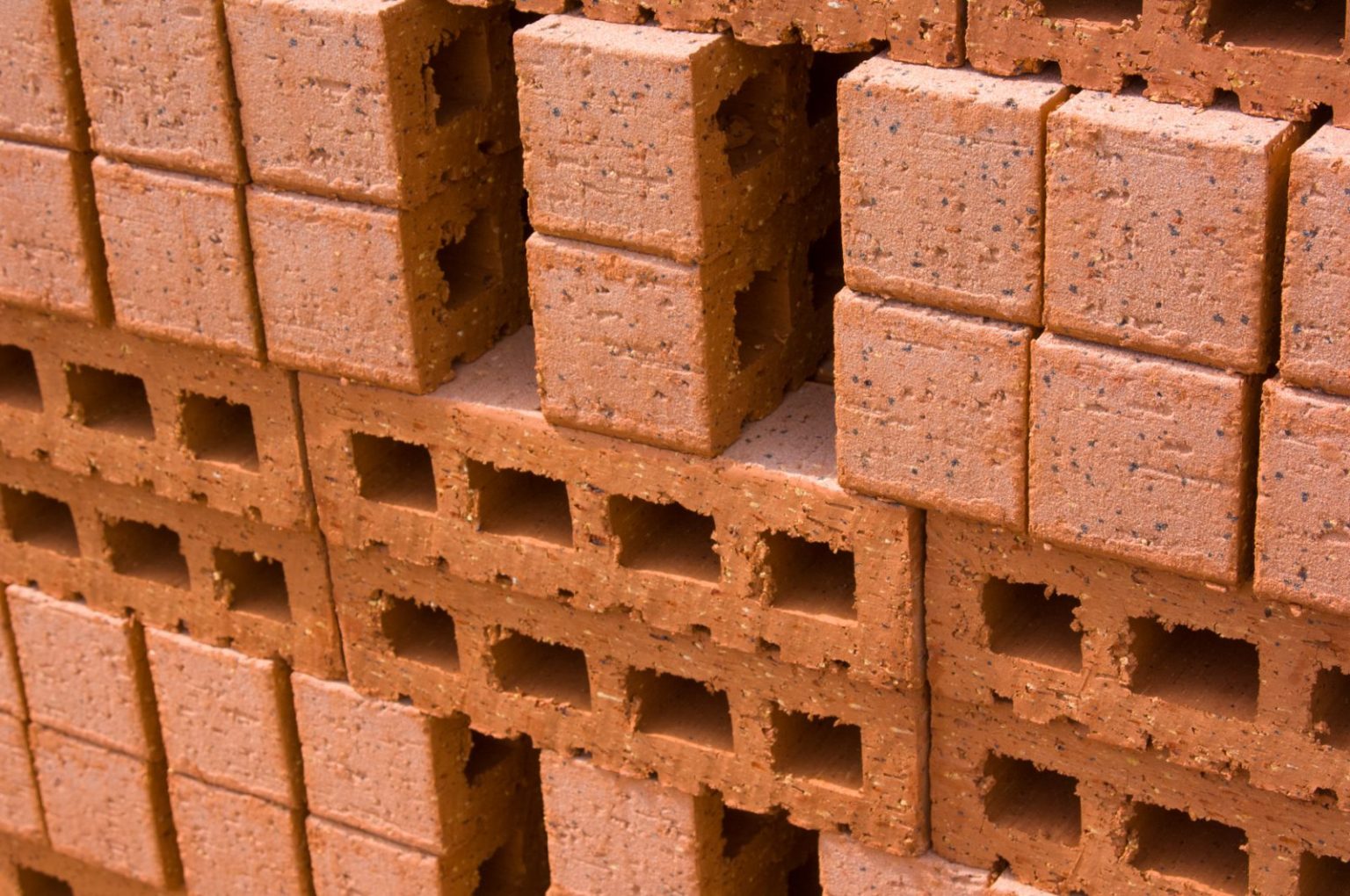
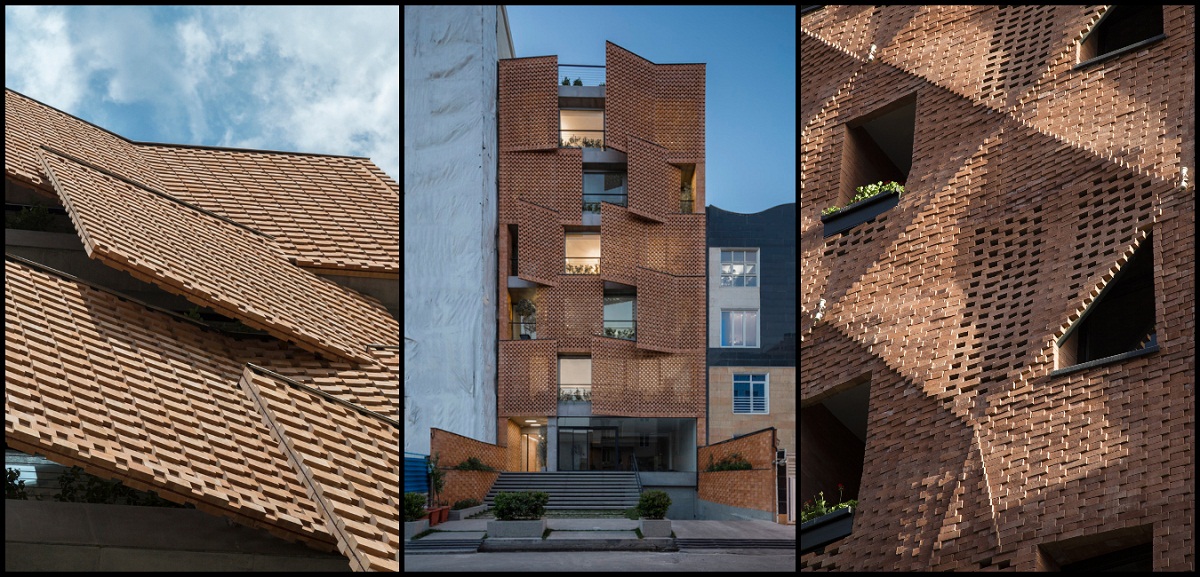
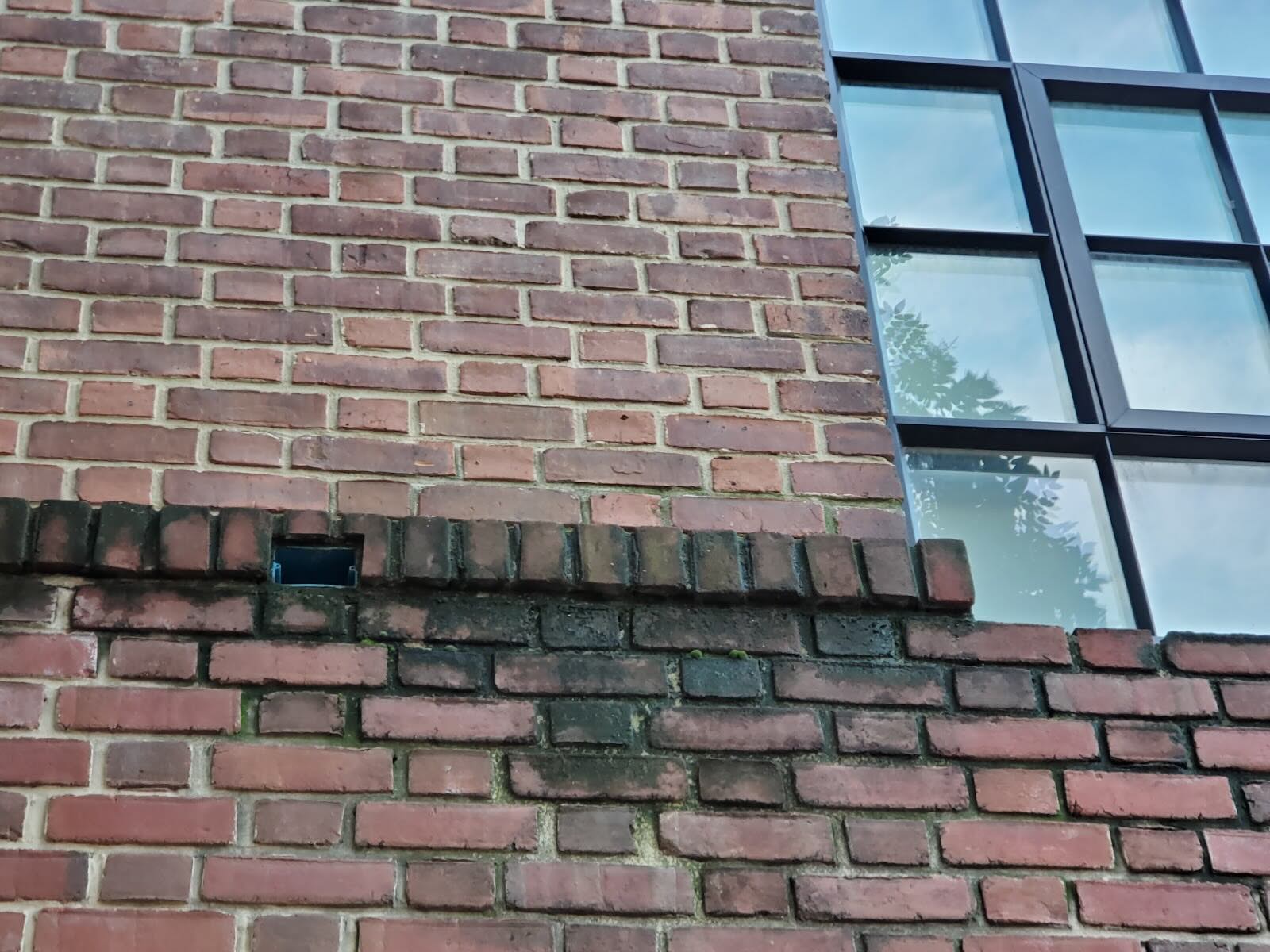
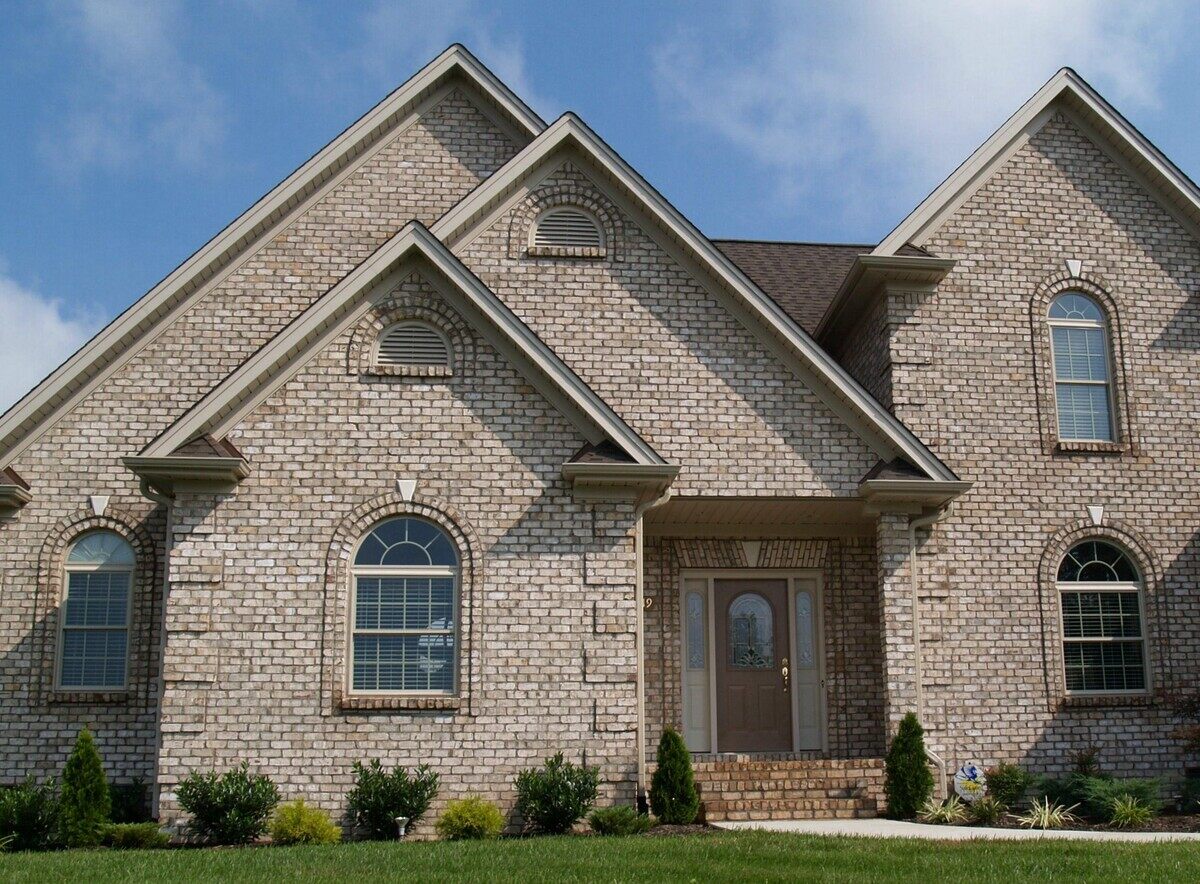
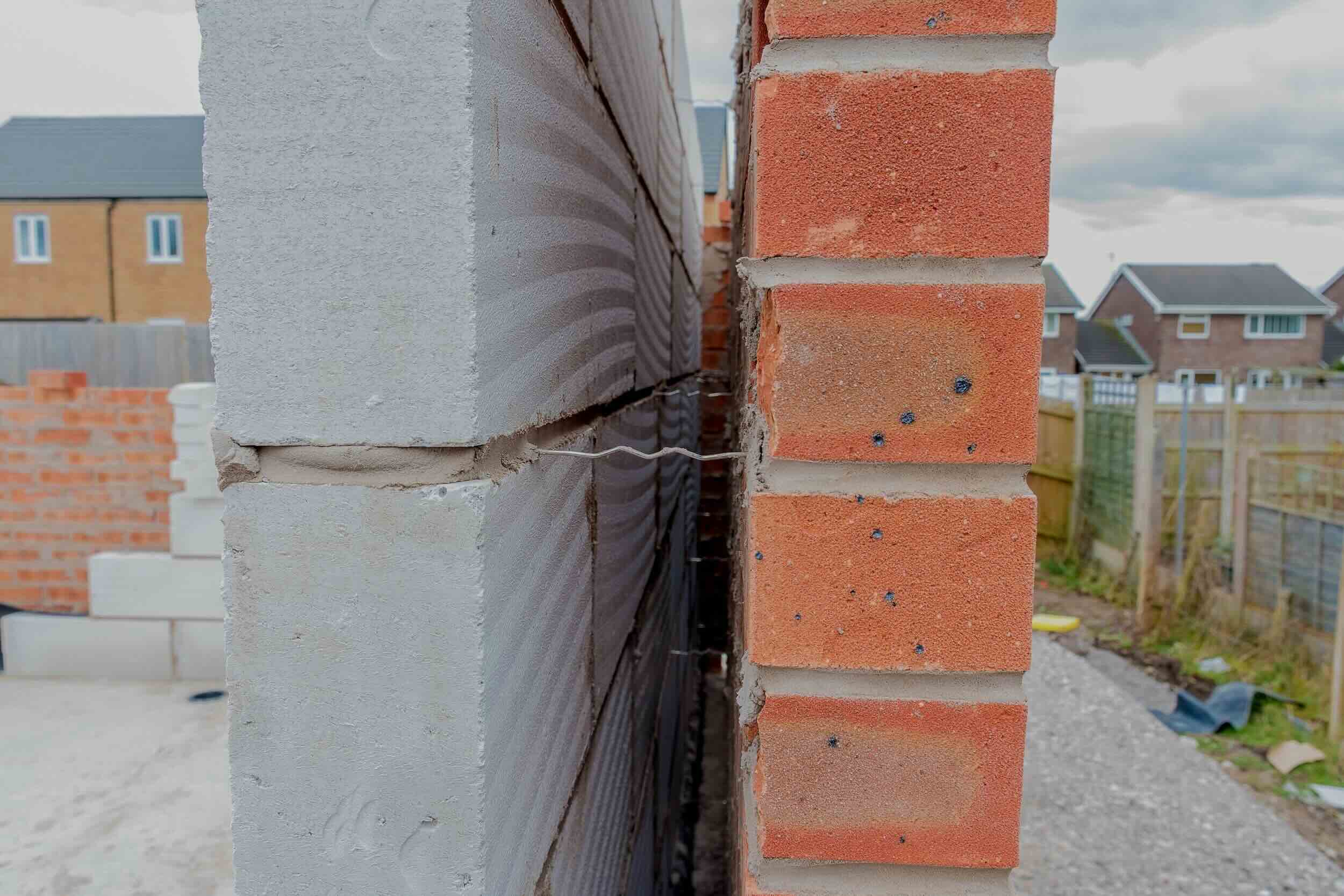
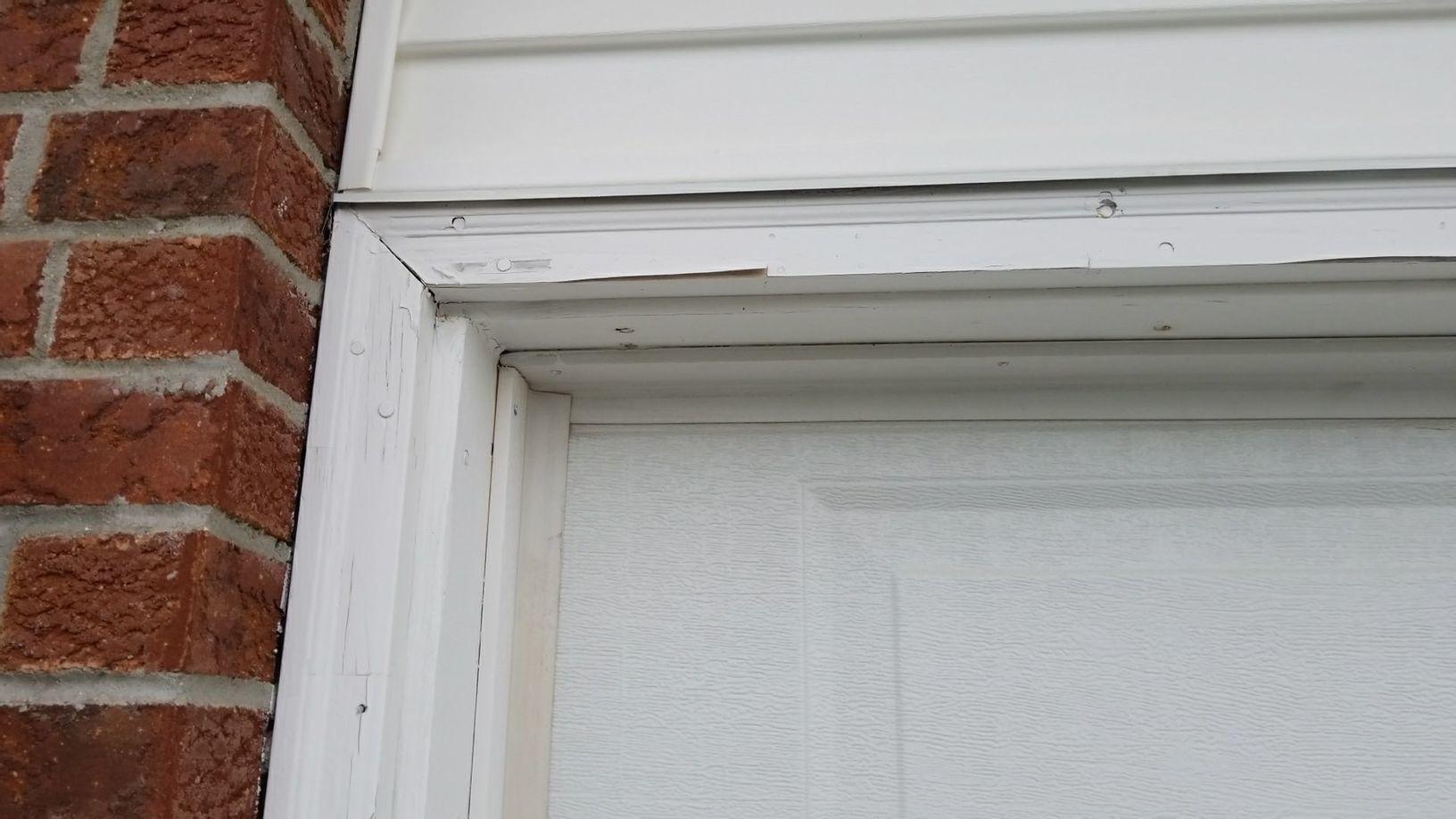
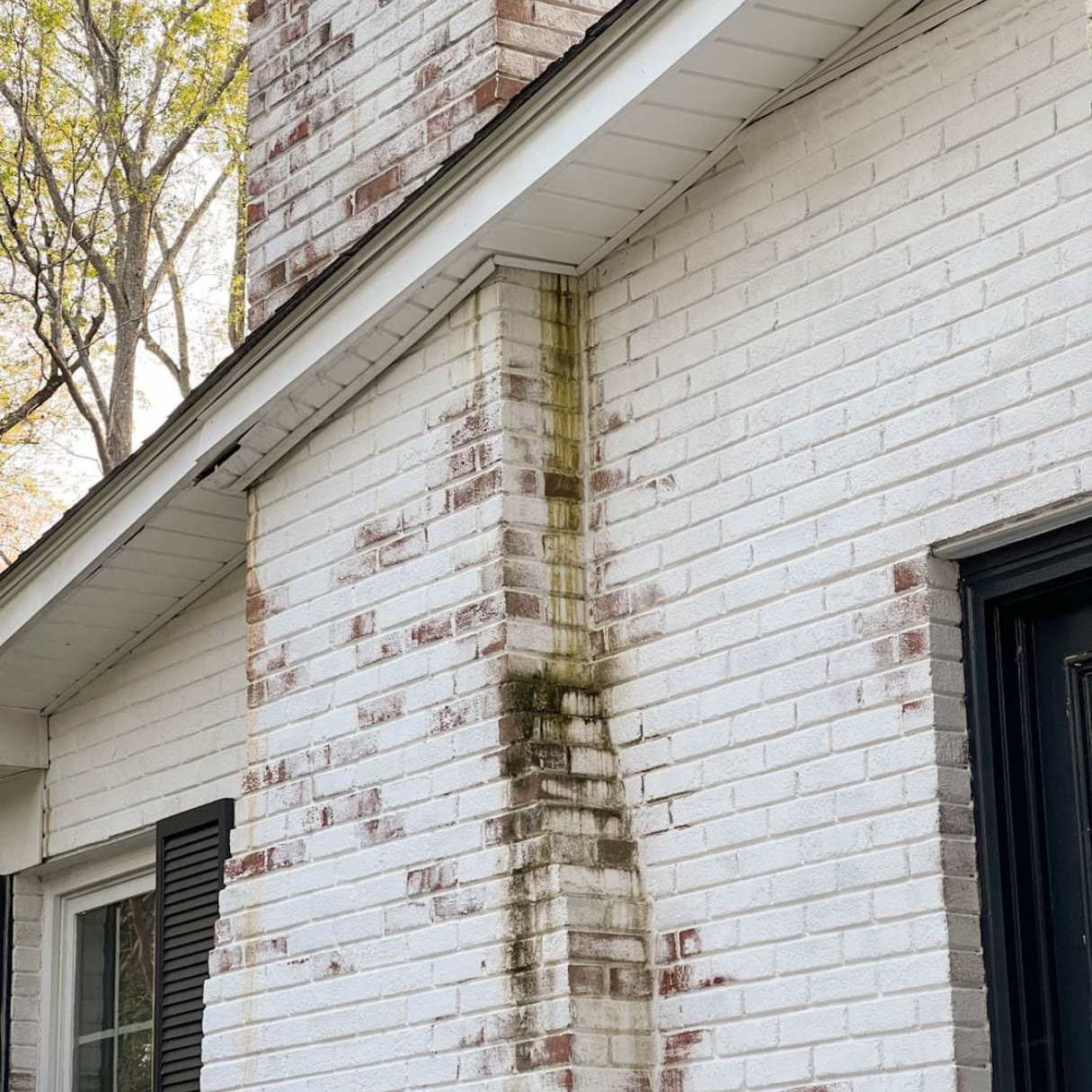
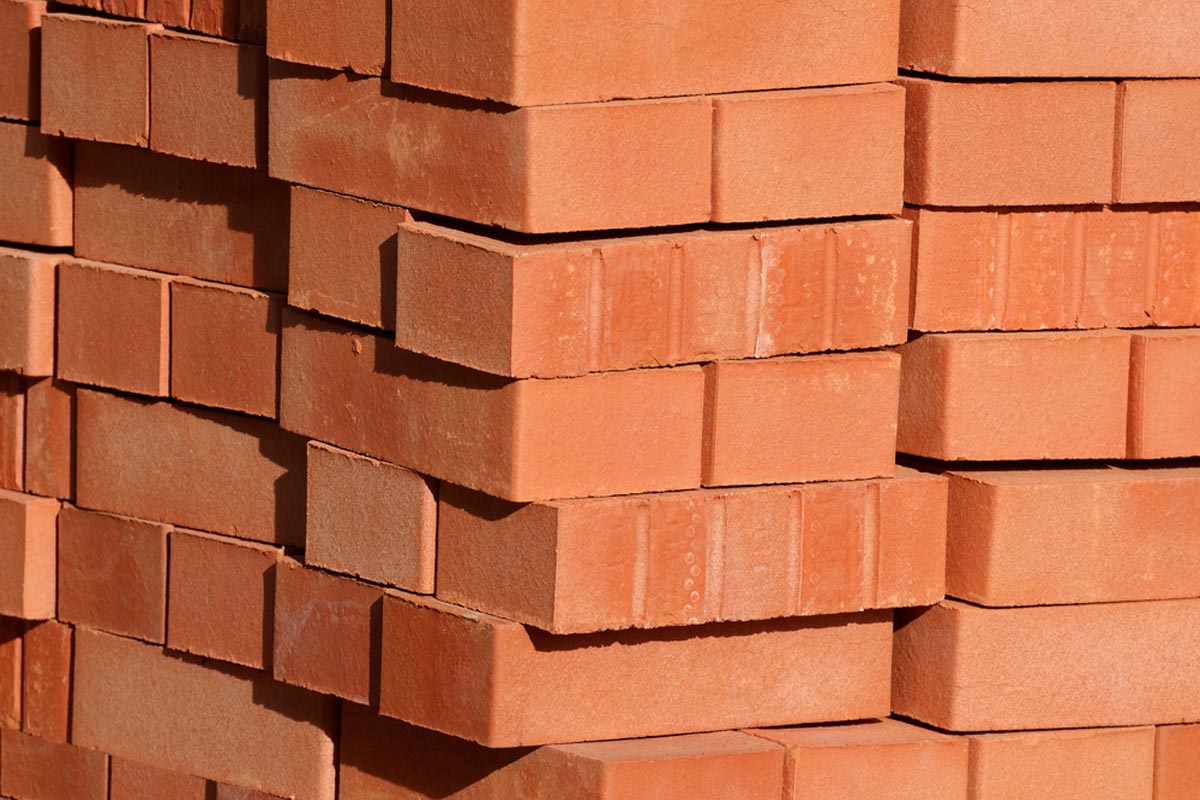
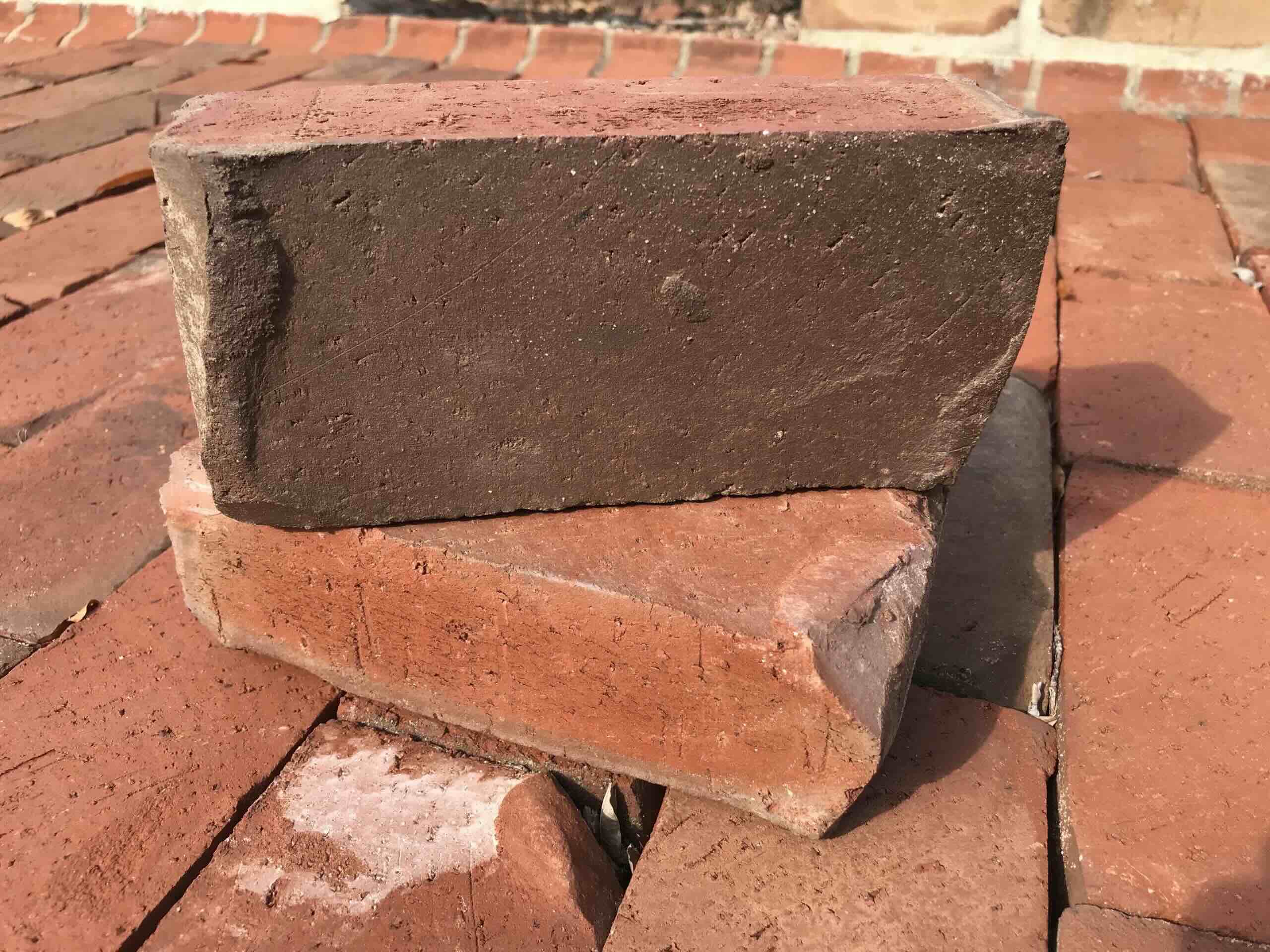
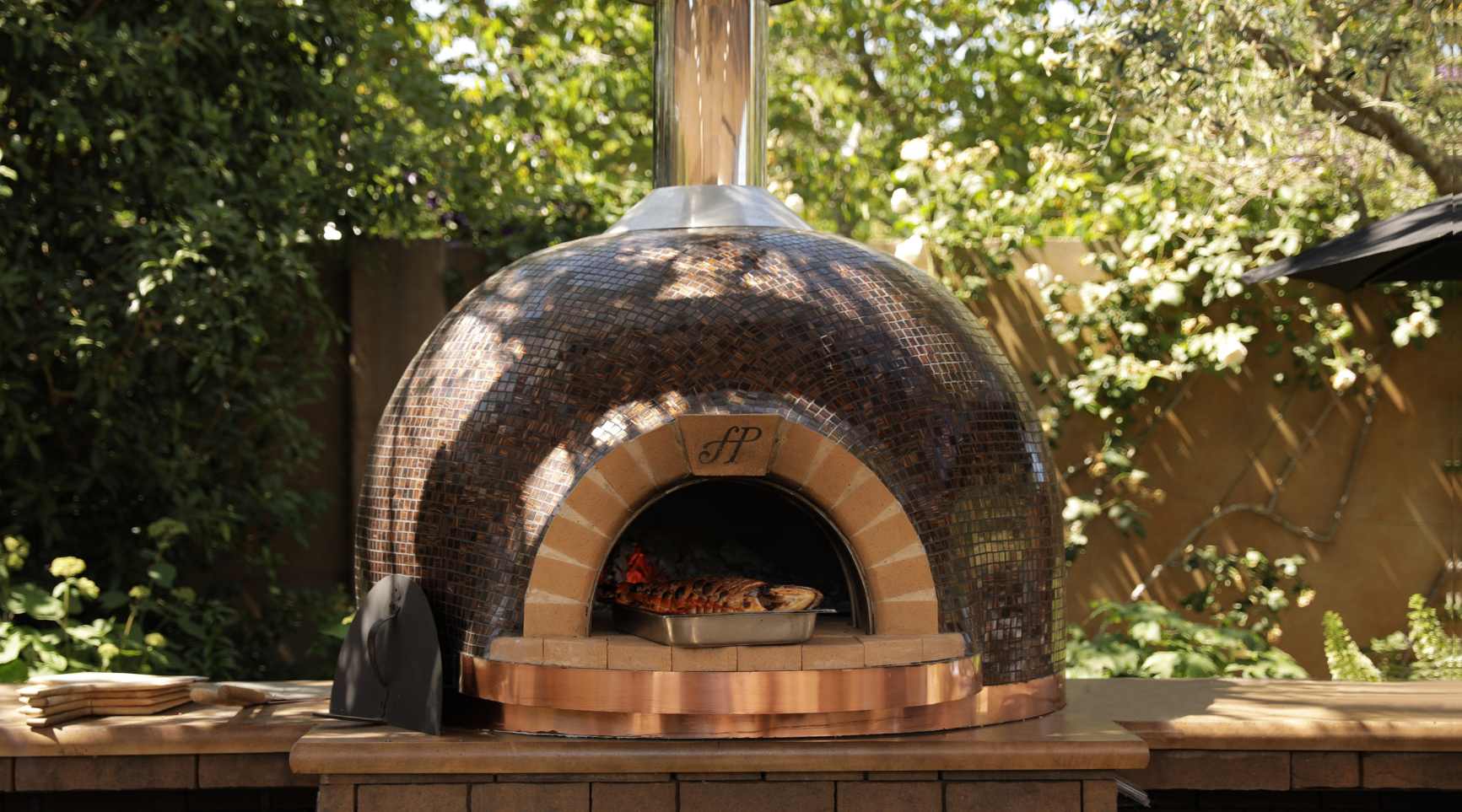
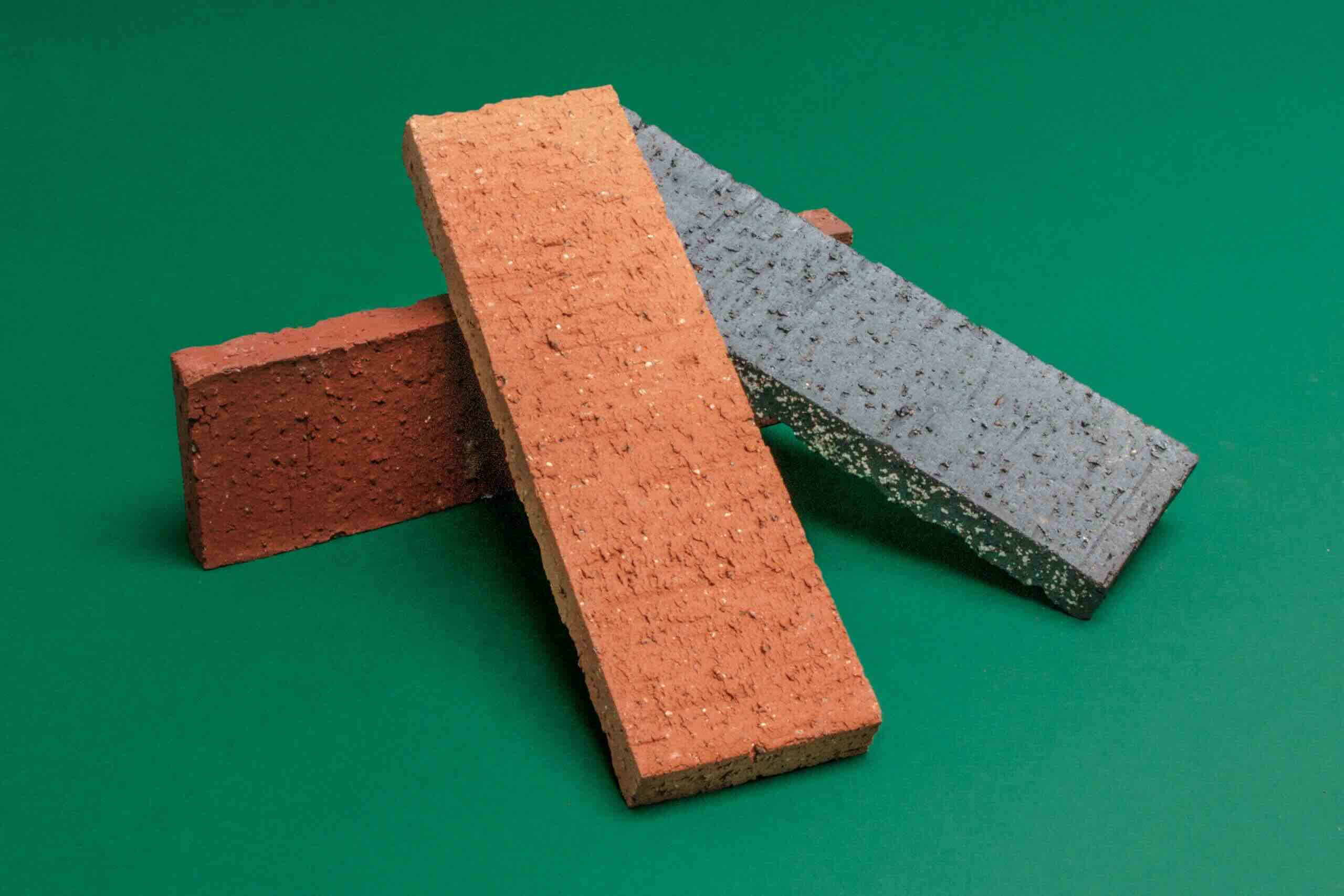
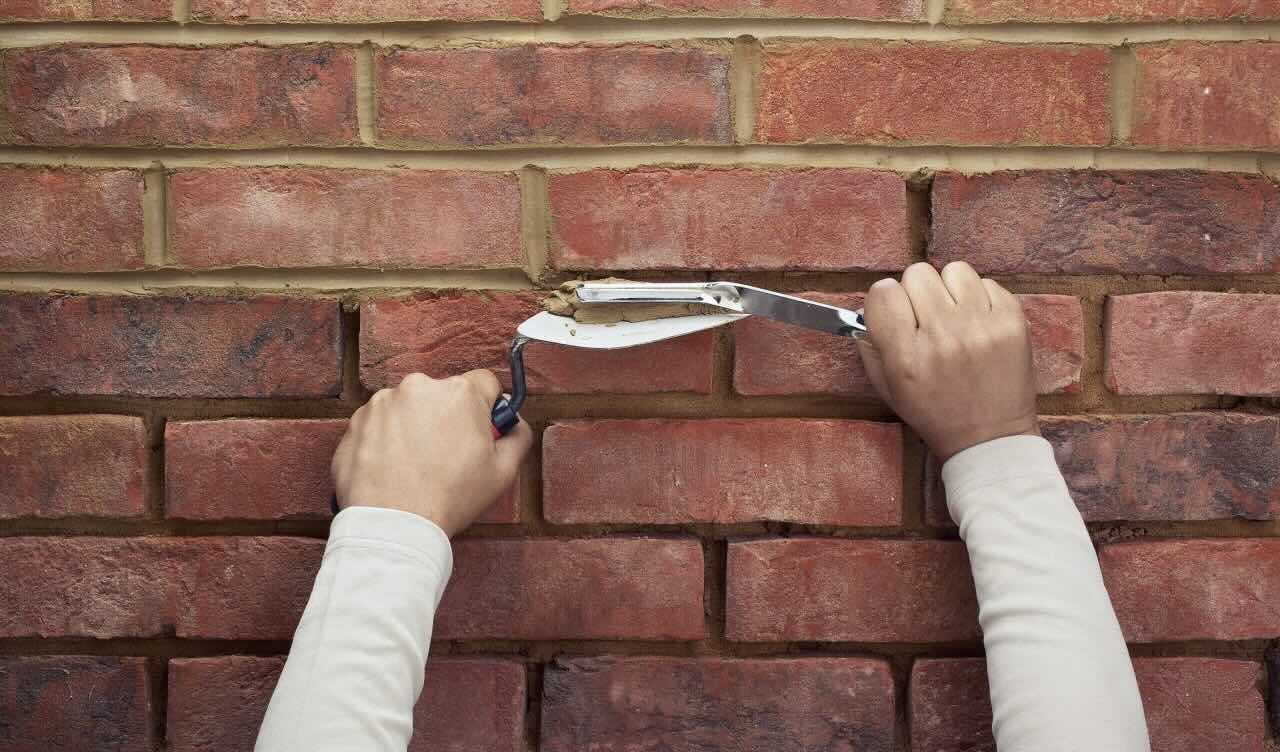
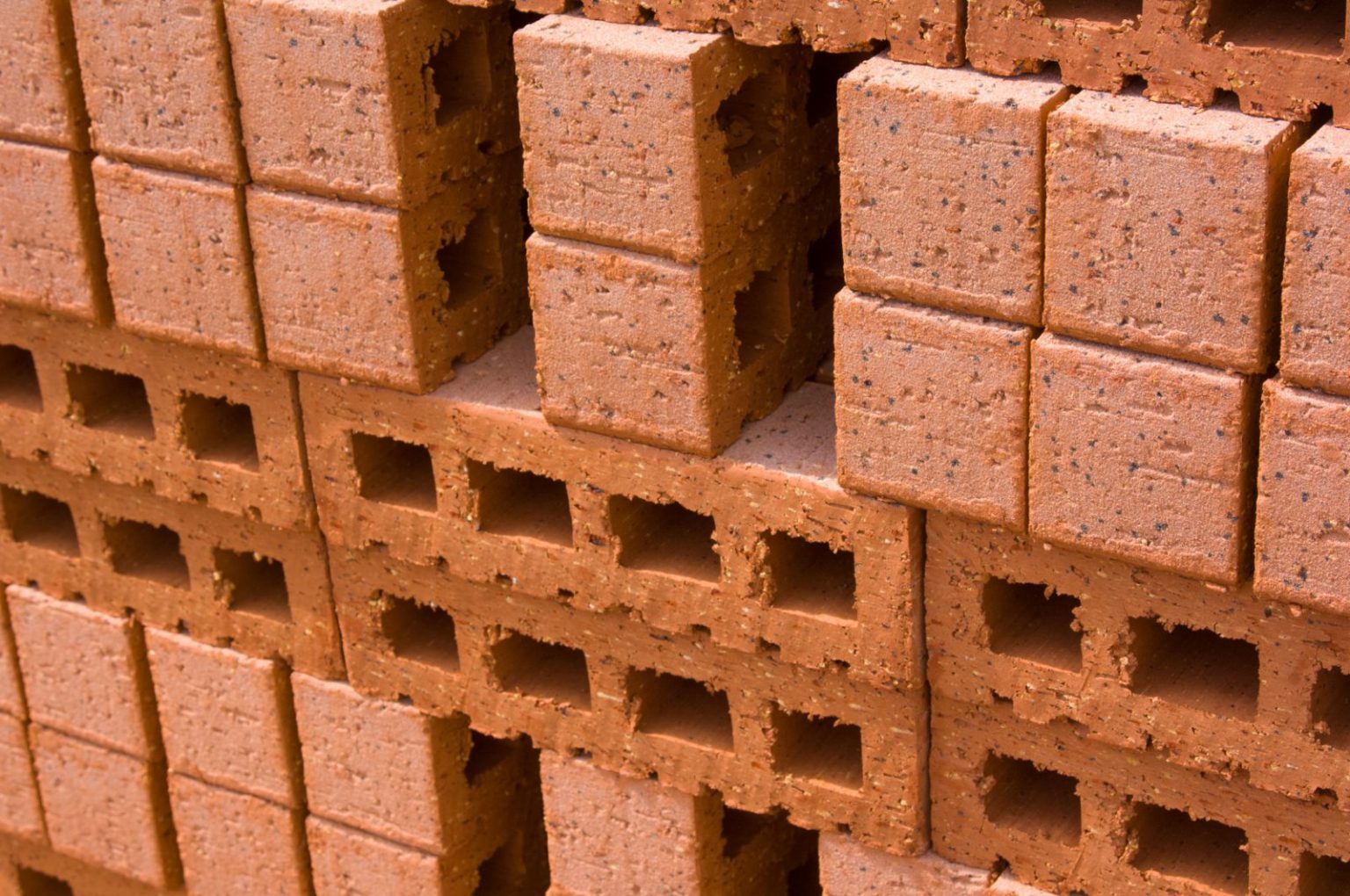
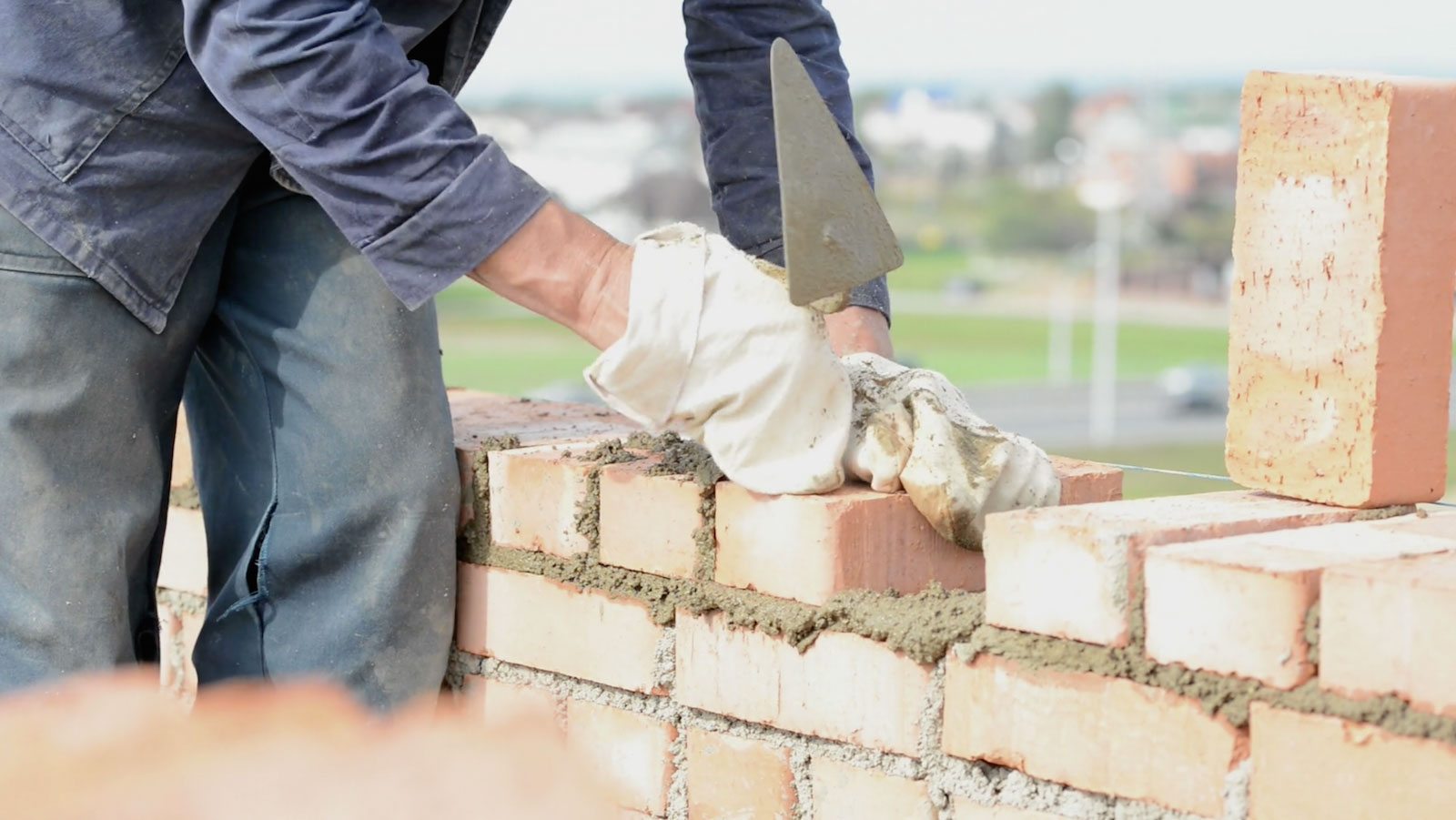

0 thoughts on “What Is Spalling Brick”